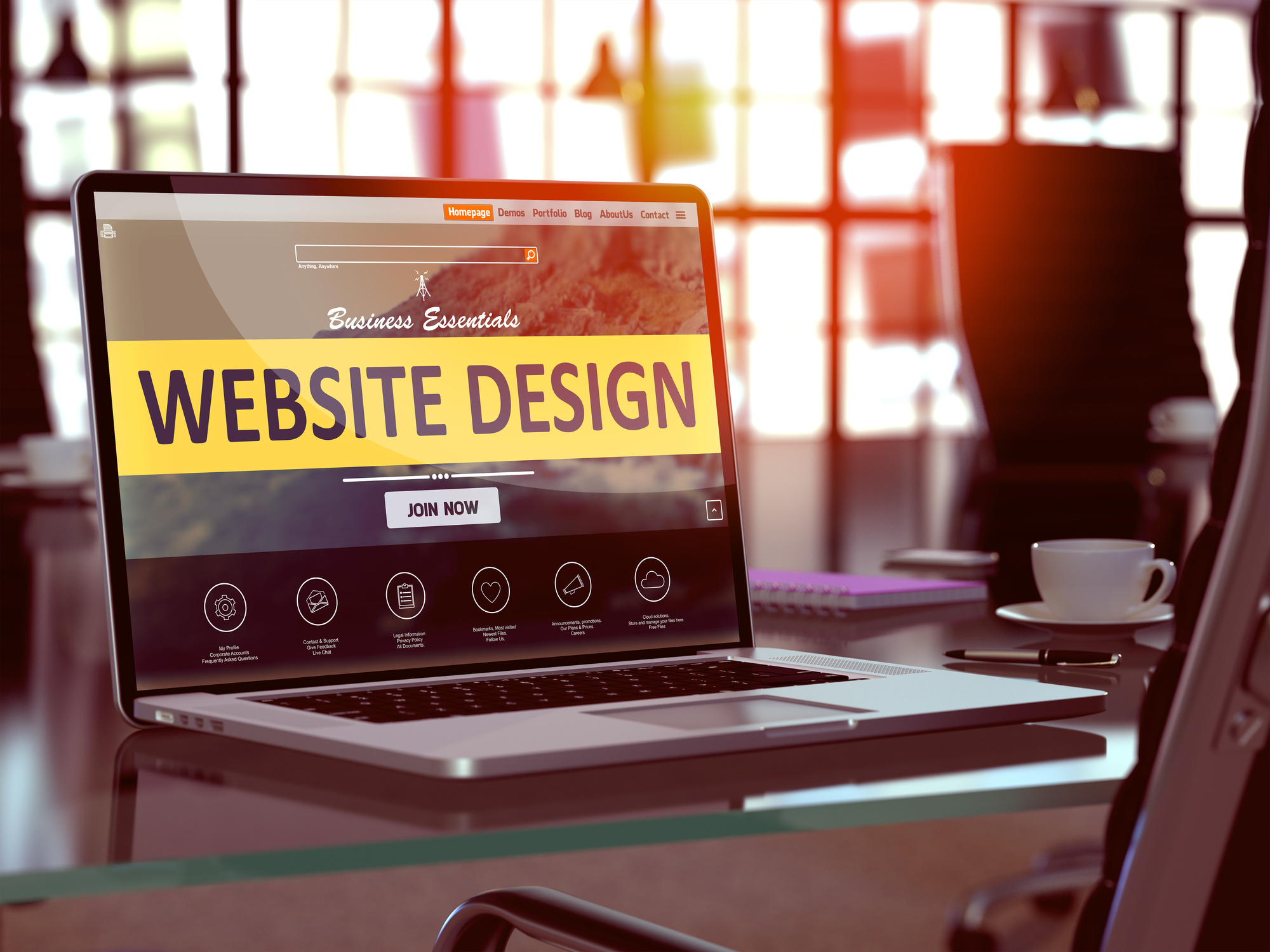After months of creating a beautiful web design, your business site still isn’t seeing the traffic you’d hoped for.
Likely, this is because you are neglecting to take into account user-friendliness. User-friendliness is just as important as having a beautiful design, yet it’s something many businesses neglect.
A website that is user friendly will help provide customers with the ultimate online experience, which can increase site traffic and potentially increase sales and revenue.
But, how do you ensure that your site is user-focused?
In this article, we’ll cover the top five user friendly design tips for business websites.
1. Well-Formatted Content
When it comes to website content, you need to remember that your users aren’t coming to your site in search of an 18th-century novel.
Users read websites differently than they read other forms of content. Instead of reading word for word, users tend to skim content for the main points. Therefore, in order to create a user friendly design, you need to make sure your content is easy to skim.
This means instead of writing huge blocks of text, you’ll need to break up your content with headings, subheadings, short paragraphs, bullets, and lists.
2. Mobile-Friendly
A mobile-friendly website is no longer an added bonus, it’s a necessity.
In fact, according to a study by the internet monitoring firm StatCounter, mobile use has officially surpassed desktop use.
To make sure your site is mobile-friendly, you’ll first want to test it by using Google’s mobile site tester. And, there are web-based mobile site builders available that can help you put together a mobile version of your site free of charge.
3. Quick Loading Times
Out of all the things that users find frustrating about websites, a slow loading time is perhaps at the top of the list.
In fact, 47% of users want a site to load in two seconds or less and 40% of users will abandon a site if it takes more than three seconds to load.
A slow site not only affects your user’s experience. It also has a direct influence on your site’s ranking and its bounce rate. There are many free tools out there to test the speed of your site so make sure to take advantage of them.
Limiting the use of third-party site plugins as well as widgets can help improve your speed.
4. Easy Navigation
Making your website easy to navigate is a huge aspect of creating a user friendly design.
If you’re looking for a navigation menu that is simple to use and appears consistently on all browsers, JavaScript and HTML menus tend to be the best.
Your navigation should also be free of clutter. Limiting the number of options in your menu can help ensure this. Only use sub-navigation menus if you have a large site with lots of information.
5. White Space
While all the information on your site is important, there are certainly some elements you want to pop out to your users more than others.
This is where white space comes in.
White space refers to the empty space on your page that helps highlight the page’s most important elements. White space allows you to get creative with the other colors you use without creating chaos.
Any industry niche can take advantage of the benefits that white space has to offer. Need an example? This parcel forwarding service site makes excellent use of this design tactic.
Wrap Up on User Friendly Design
Follow these tips for website user-friendliness, and you’ll be well on your way to increasing your site’s traffic and conversion rates.
Of course, user-friendliness is only one of the many ways to increase your site’s traffic and rank. For more ways to do so, check out our tips about how hiring a local SEO expert can help improve your rank!




